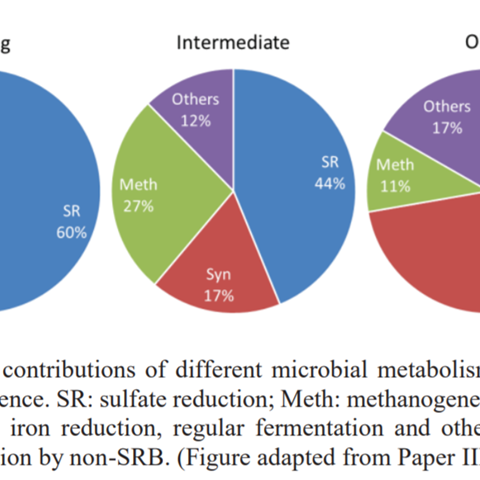Mercury from peatlands

Today Baolin Wang is defending his thesis, in which he has investigated the factors influencing the formation of toxic methylmercury in different peatlands.
Sweden has elevated concentrations of mercury in the environment. The risk of exposure for humans and animals comes mainly from high concentrations of mercury in fish from lakes. The mercury in lakes originates to a large proportion from peatlands, where inorganic mercury is transformed into methyl mercury that is easily taken up by e.g. fish. In his thesis, Baolin Wang has investigated the factors influencing the formation of methyl mercury in peatlands.
One of the methods Baolin Wang has used is DNA sequencing, to investigate which microorganisms that are involved in the mercury methylation in different peatlands. He found that the methylation is a complex interaction between different microorganism and the availability of different energy sources.
In younger and more nutrient rich peatlands both the concentration of methyl mercury and the ratio of methyl mercury to the total mercury concentration were higher than in older less nutrient rich peatlands.